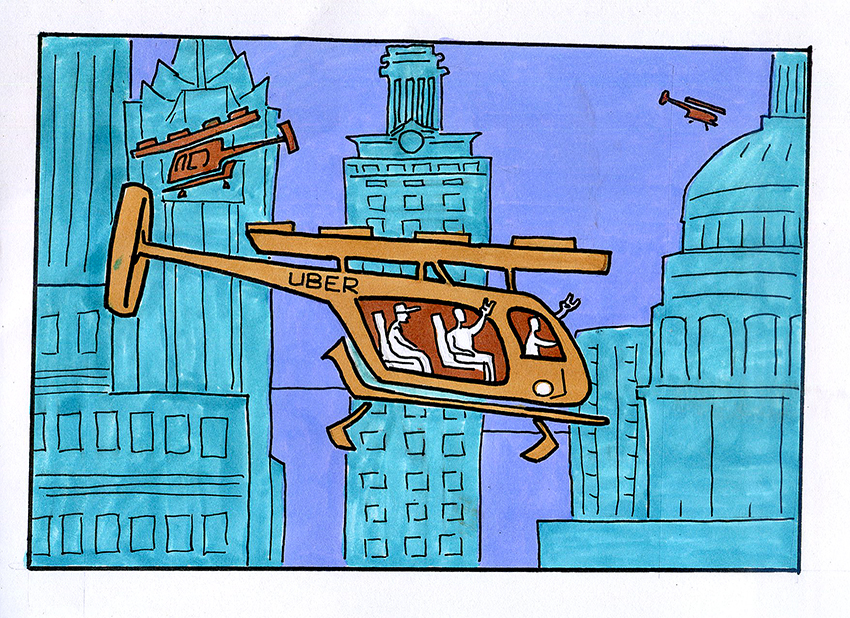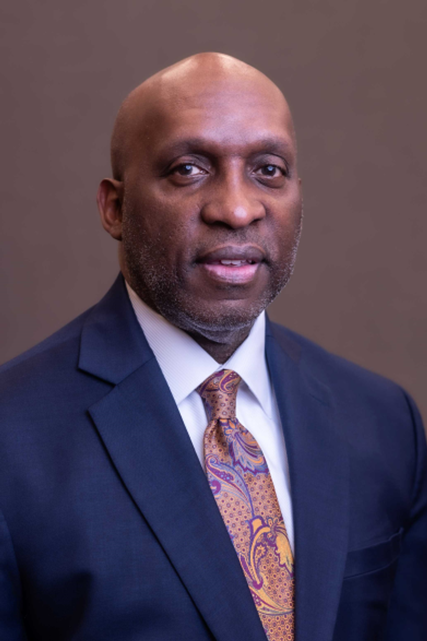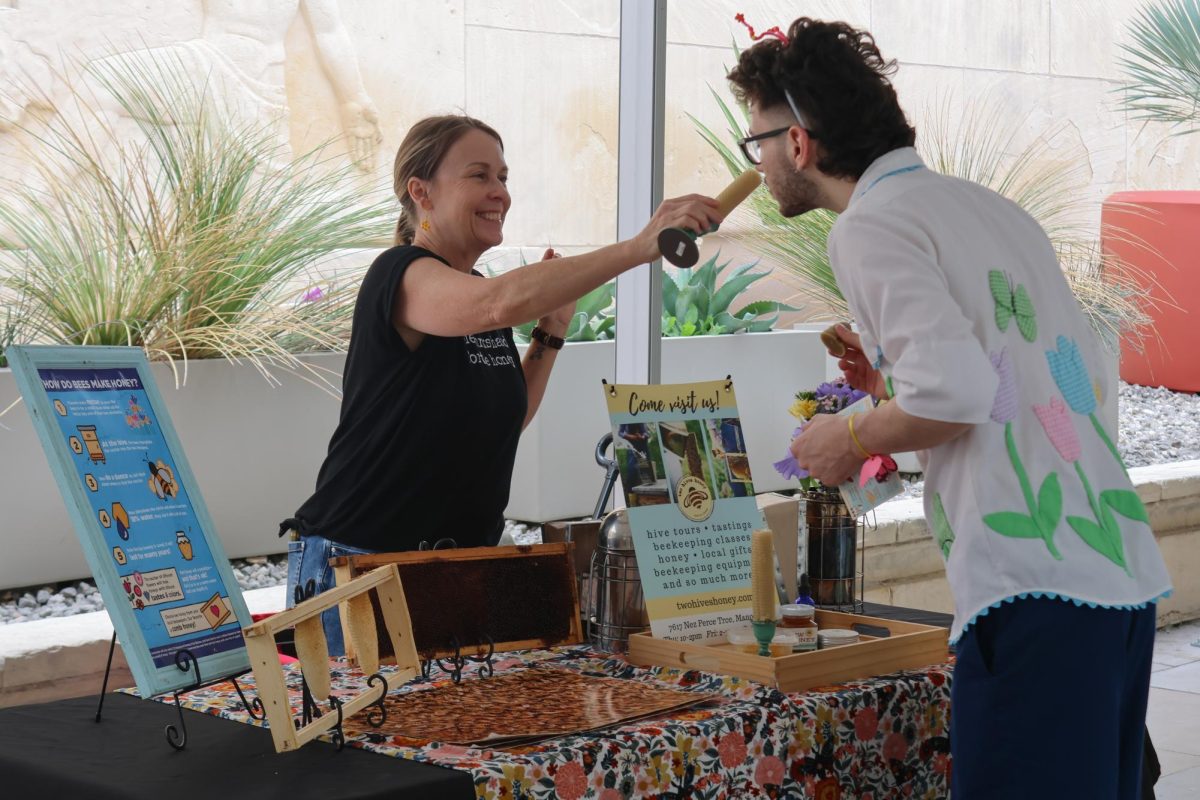Uber plans to take its services to the skies and has enlisted UT to help them get there.
A team of researchers from the Cockrell School of Engineering partnered with the U.S. Army Research Labs to test rotor technology for Uber’s vertical takeoff and landing aircrafts, or VTOL, which are expected to be available for use in Los Angeles and Dallas by 2023.
Jayant Sirohi, an associate professor at Cockrell and an expert on VTOL and rotorcraft technologies, said Uber initially approached the Army Research Labs for this project and learned of UT’s capabilities because of the ARL’s existing connection to UT.
“We are doing experiments on different types of rotors and configurations and providing that data for the Army Research Lab to use to validate their predictions,” Sirohi said.
According to a UT press release, the fully electric VTOLs will attain a cruising speed of 150-200 mph, a cruising altitude of 1,000-2,000 feet and be able to travel up to 60 miles on a single charge. Uber press representative Travis Considine said UT is capable of contributing to this new technology.
“In addition to the technical expertise associate professor Jayant Sirohi brings to this field, the Cockrell School of Engineering already has a rig to test new rotor configurations on campus,” Considine said.
Considine said uberAIR flights will travel between fixed Skyports, or helipads, many of which currently go unused in densely populated cities due to noise concerns. It is Sirohi’s job to ensure VTOL’s noise signature is as quiet as possible.
“Uber needs (VTOLs) to be as quiet as possible, so they can be in an urban environment without annoying people,” Sirohi said. “Our focus is more on what produces the noise, so we can come up with ways to minimize the noise or change the noise signature.”
In addition to noise levels, basic safety may be a concern for any city adopting new technology. An Uber Elevate report outlines how the company will deal with safety, visual pollution and privacy concerns.
According to the report, to maintain safety, the VTOL’s flight path may be overridden remotely in the event of a hijacking. Uber also plans to avoid traveling along “particularly sensitive vistas or consolidate traffic to existing commute corridors” to combat visual pollution. VTOLs must maintain “appropriate clearance above private property” to protect the privacy of local residents.
The UT press release states that an uberAIR vehicle could cut an hour-long commute in rush hour down to 10 minutes, but Kara Kockelman, professor of civil, architectural and environmental engineering, said this kind of travel is not sustainable.
“It can get a little chaotic up there, so they won’t be able to carry a lot of people,” Kockelman said. “It’s not a high-capacity opportunity, it’s certainly not an energy efficient opportunity and it’s technically challenging. So you’d only do it for very specific cases.”
Kockelman said uberAIR services are likely going to be limited to wealthy customers who can afford the expenses of convenient air travel, and due to energy inefficiency, aerial vehicles cannot offer any sustainable, long-term solutions to traffic on the ground.
“This is like a specialized taxi cab,” Kockelman said. “It’s a really low volume opportunity for a very wealthy traveler.”





















